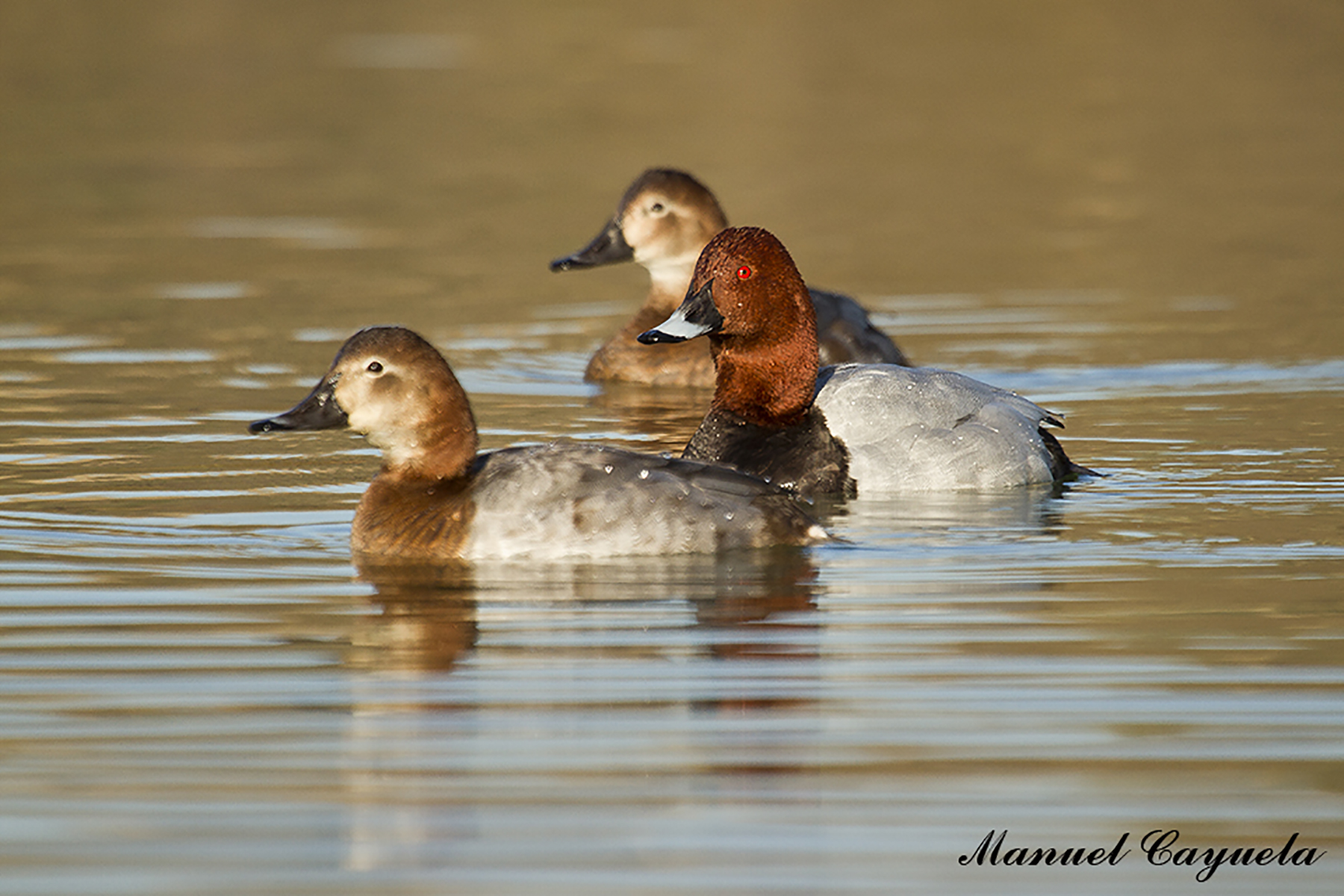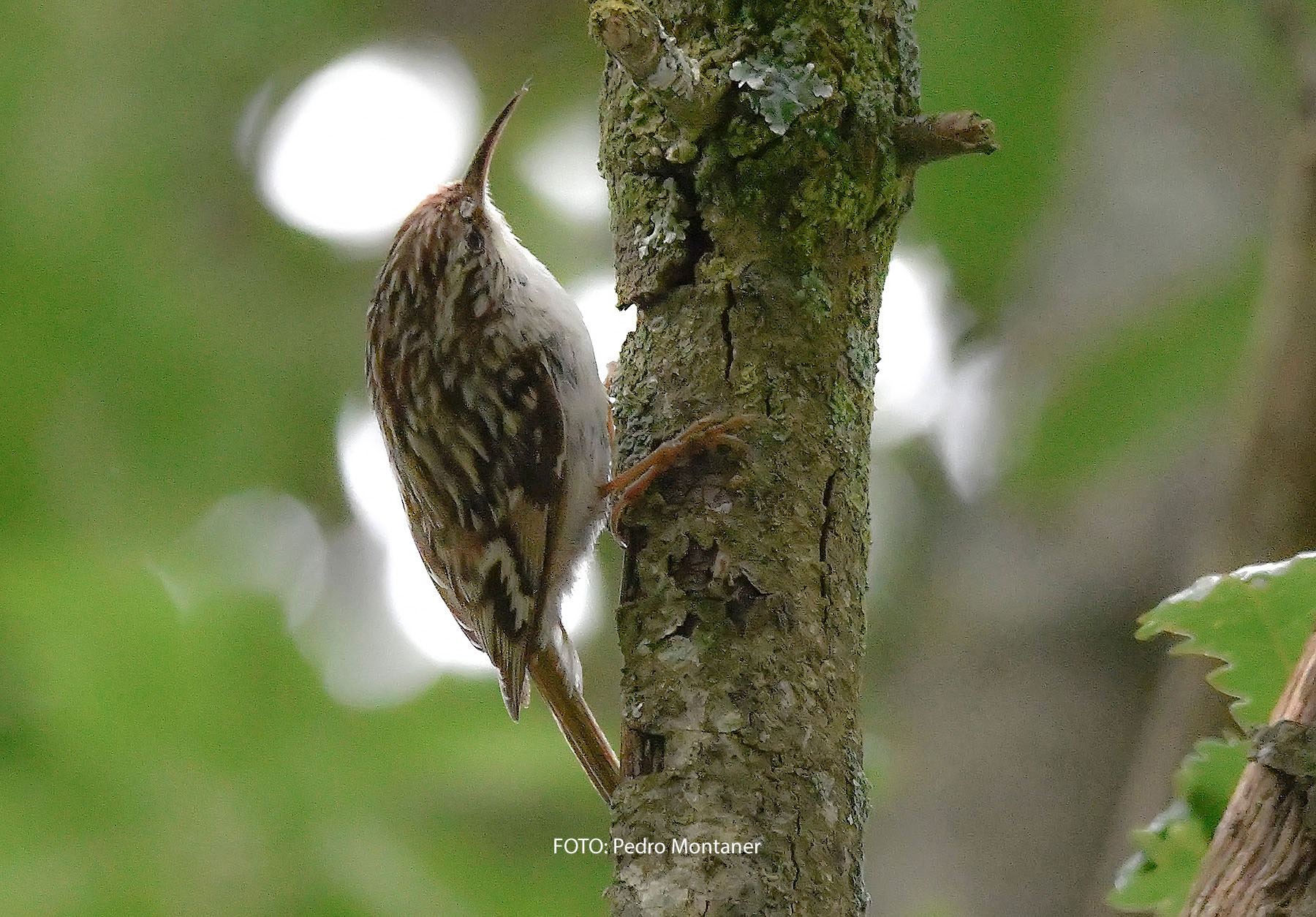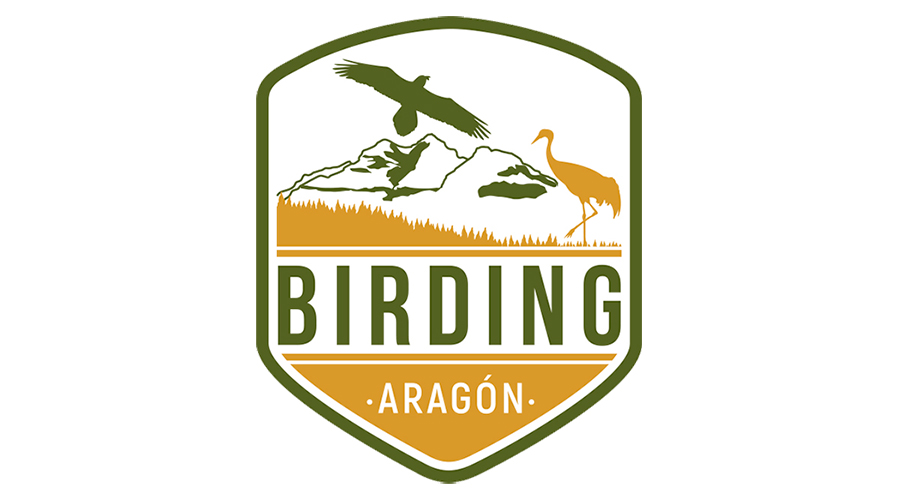ROUTE
LA LITERA
La Litera
ITINERARY
La Litera is an Aragonese County in the eastern part of the Province of Huesca, at the outer limits of the PrePyrenees ranges and at the edge of the plains of the Ebro Depression.
The region’s natural spaces have a surprising variety in their landscapes considering that this is somewhere with virtually no permanent rivers crossing it and where only abrupt cliffs break up the gentle slopes of the plains across the horizon. There are rich and diverse biotopes to be found here, with interesting and varied fauna as well as some important endemic plants.
The continental Mediterranean climate marks the region’s woodlands with Holm Oak and Pine trees, while Portuguese Oak clings to the slightly damper northern slopes. The High Litera region consists of a series of calcareous sierras, with steep bluffs formed by geological folding. These are the sierras of San Quiléz, Voltería, Volterol and Solá.
GABASA- BALDELLOU – ALBELDA – ESPLÚS


SPECIES
ALL YEAR ROUND: Griffon Vulture, Golden Eagle, Peregrine Falcon, Eagle Owl, Red-billed Chough, Common Kestrel, Rock Sparrow, Common Raven, Great Spotted Woodpecker, Blue Tit, Great Tit, Coal Tit, Dipper, Common Kingfisher, European Turtle Dove, Eurasian Collared Dove, Hoopoe, Common Quail, European Bee-eater, Little Owl, Red Partridge, Song Thrush, Skylark, Little Bustard, Great Spotted Cuckoo, Black Wheatear, Common Swift, Barn Swallow, House and Rock Sparrow, Lesser Spotted Woodpecker, Eurasian Treecreeper, Great Crested Grebe, Common Pochard, Mallard, Common Coot, Crag Martin and Rock Dove.
SUMMER: Egyptian Vulture, Short-toed Eagle, European Bee-eater, Booted Eagle, Black Kite, Short-toed Lark, Cirl Bunting, Woodchat Shrike, Northern and Black-eared Wheatear, European Roller, Dartford Warbler, Spectacled Warbler, Wryneck, Nightingale, Golden Oriole, Alpine Swift.
OVERWINTERING: Brambling, Wallcreeper
ON MIGRATION: Hen Harrrier, Pied Flycatcher.
DESCRIPTION
RECOMMENDED TIME TO VISIT: All year round. Avoid the hottest days of summer.
HABITATS: Varied. Rocky escarpments, woodlands and riparian forest, steppes and farmland mosaic, artificial wetlands.
Our itinerary takes us over four interesting ornithological routes in the Litera County.
We start the route in the leafy shades of the Gabasa gorge, where we can enjoy species to be found in riverside settings such as the Golden Oriole, Common Kingfisher, Wagtails and Warblers, with Mediterranean copses where Tits, Lesser Spotted Woodpecker, Treecreepers and Wryneck can be found. In the vicinity of the village we can find birds that live in proximity to humans, such as Common Swift, Barn Swallow, House Martin, White Wagtail, Blackbird, Spotless Starling, House and Rock Sparrow and Rock Dove. The walk is a lovely route past the crystalline waters of the cascades and vertical cliffs of the Gabasa gulley.
From here we go towards the Baldellou Gorge to Camporrells where we can follow the canyon created by the Regué gulch, which has carved vertical limestone cliffs which host Griffon Vulture, Golden Eagle, Egyptian Vulture, Peregrine Falcon, Eagle Owl, Red-billed Chough, Common Kestrel, House Martin, Rock Sparrow, Common Raven and Wallcreeper. In the riverside habitat near the gorge we can also see Dipper and Common Kingfisher. The area surrounding the Baldellou reservoir is also interesting.
The route that leaves Albelda towards Tamarite via Penella goes through steppe habitats home to interesting species such as Little Bustard, Great Spotted Cuckoo, European Roller, Spectacled Warbler, Dartford Warbler and Black Wheatear, while the agricultural fields host European Turtle Dove, Eurasian Collared Dove, Common Kestrel, Hoopoe, Common Quail, European Bee-eater, Little Owl, White Wagtail, Red Partridge, Song Thrush and Skylark. Part of the route goes through the Gypsums of Barbastro Site of Community Importance.
The Esplús route in the Lower Litera region has an avifauna that is related to semi-urban and irrigated field environments. There are some excellent viewpoints over the Esplús village, from where it is possible to see Mallard, Common Teal, Common Coot, Great Cormorant, Moorhen, Great Crested Grebe, Yellow Legged Gull, Dunlin, Common Sandpiper, Marsh harrier, Purple Heron, Grey Heron, Bittern and Purple Swamp-hen.




